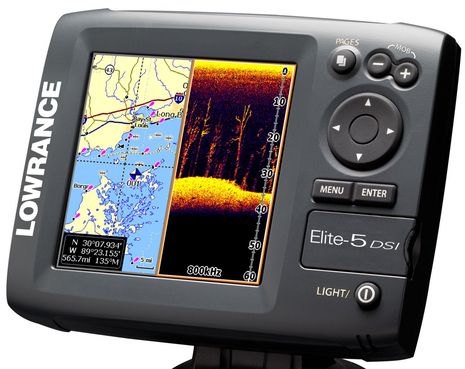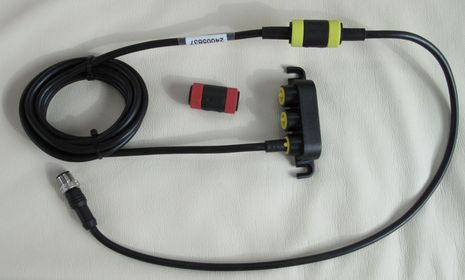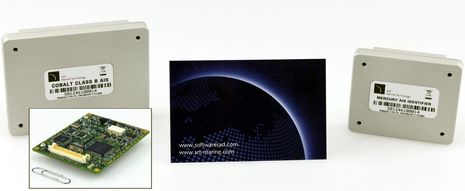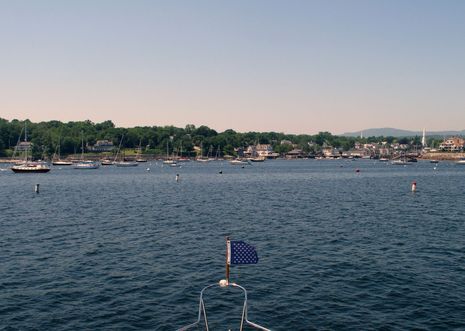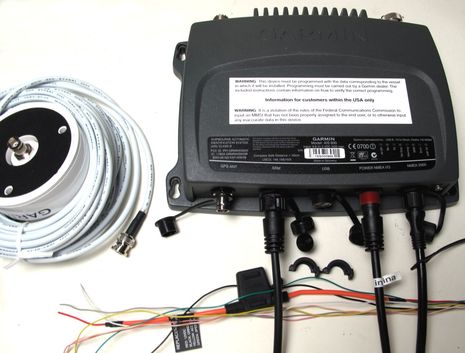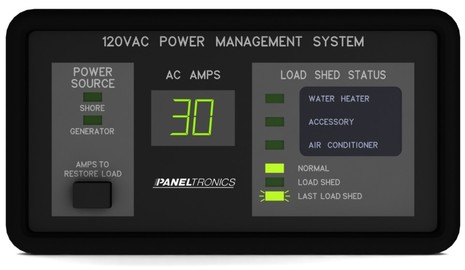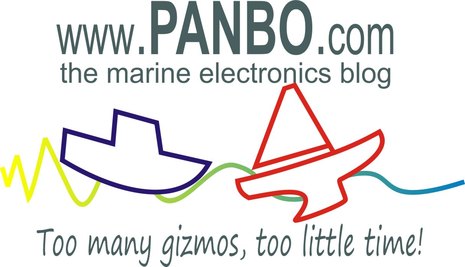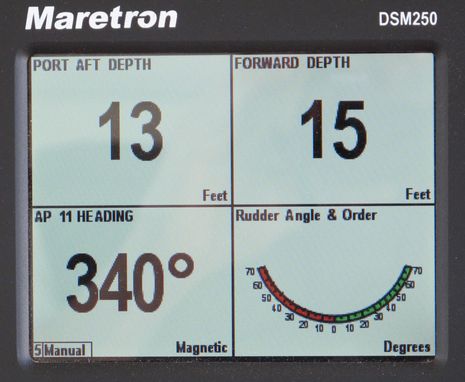Lowrance DSI , & Navionics goes MicroSD (Raymarine included)
Last week Lowrance announced the Elite-5 DSI and some related fishfinder/plotters, and while they’re unabashedly aimed at freshwater fishermen, there are at least two things about them of interest to others. DSI stands for DownScan Imaging, which seems to mean that Lowrance has isolated the high resolution down looking portion of StructureScan into an even more inexpensive form. That means a transducer that can ping at 455 or 800 kHz, trading detail for depth and breadth. Aren’t lots of non-fishing boaters — like gunkholers and just plain curious monkeys like me — also interested in better resolved bottom imagery, even if it’s only to 100 feet or so? That’s why I installed StructureScan on Gizmo even though the thru-hull transducer wasn’t ready yet, and I can’t wait to seriously experiment with it (soon!). The new Lowrance plotters will also be the first I know of to use MicroSD chart cards…



